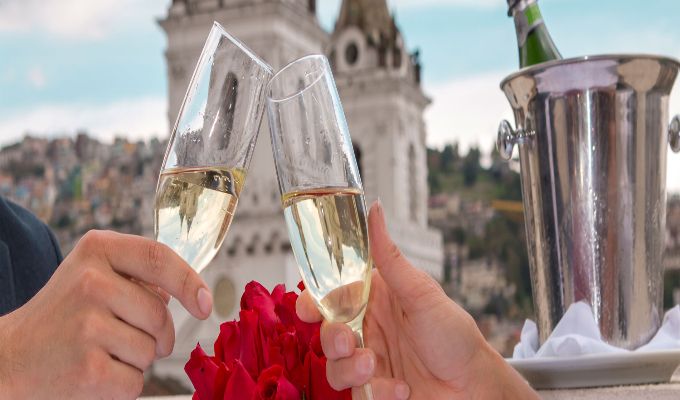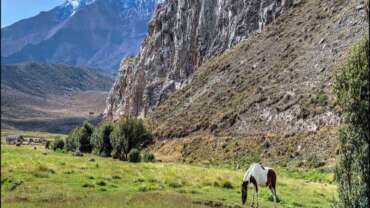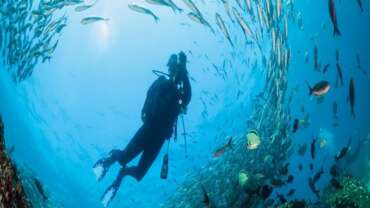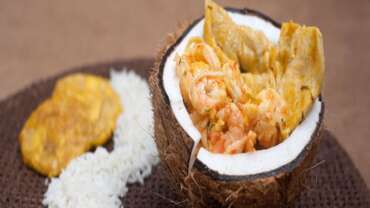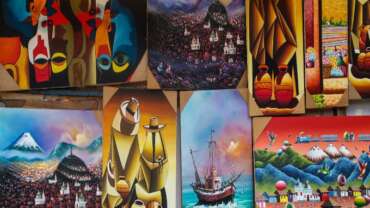San Cristóbal Island
The name of San Cristóbal island is due to the patron saint of sailors, named after the year 1973. Its historical name is Chatham, the same that was assigned by Captain James Colnett, who named it in honor of William Pitt, First Count of Chatham.
As part of the tangible and intangible cultural heritage of the islands, we must mention historical events such as the beginning of colonization in 1866 when the Ecuadorian Manuel J. Cobos, aboard two boats called Julian and Josefina Cobos disembarked in Bahia Naufragio with a group of 10 workers to start the installation of a sugar mill called the “Hacienda El Progreso”, a company that for 25 years, from 1879 to 1904 was the economic engine of the island. The ruins are located at the entrance of the town of the same name. And, the creation of the fishing society “La Predial” that during the years 1952 to 1960 intended to develop fishing on an industrial scale.
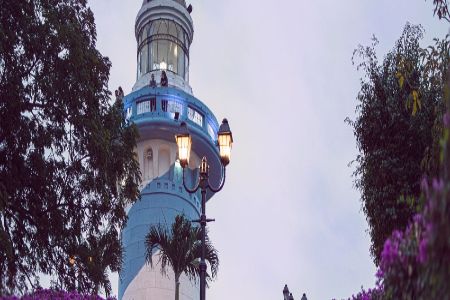
Guayaquil
Guayaquil is located at the south coast of the Pacific, on the banks of the majestic Guayas River and crossed by several estuaries such as El Salado. “La Perla del Pacífico”, as it is known, is endowed with a host of attractions that will make your visit an unforgettable experience.
Among the places you should know in the main port of Ecuador the Malecón Simón Bolívar, one of the most successful urban recovery projects in the Americas, consisting of more than 2.5 km of public areas, culture, entertainment, green areas and history, among other attractions.
A few meters away you will be able to fall in love while walking through the cobbled and narrow streets of Las Peñas, the first neighborhood of Guayaquil with more than 400 years of history, where its characteristic wooden houses painted with bright colors stand out. Walking through the cobbled and narrow streets of Las Peñas (the first neighborhood of Guayaquil with more than 400 years of history) and falling in love with its characteristic wooden houses painted with bright colors, is a task that no traveler can fail to fulfill. In addition, after climbing the 444 steps of Santa Ana Hill and reaching its lighthouse, you will enjoy a unique view of the city.
Quito
The also known as “Carita de Dios”, declared by UNESCO as the first Cultural Heritage of Humanity in 1978, has an infinity of places to discover and activities to be done that will surprise you.
Quito, the second tallest capital in the world, located on the slopes of the Pichincha volcano, has the largest and best preserved historic center in Latin America, a true heritage treasure that houses churches, museums and cultural centers that will allow you to discover, through a wonderful trip, the history of Ecuador and its richness in terms of cultural and natural diversity.
Surrounded by spectacular mountains and volcanoes, Quito presents wonderful landscapes no matter where you look at it. Walk through its old streets, surrounded by flowery balconies with its bohemian air, the Church of the Company with its internal treasures, El Panecillo with its spectacular view, the Foch area with its varied offer of nightlife and gastronomy; or, the City of the Middle of the World located a few minutes from the center, are just some of the places that await your visit.
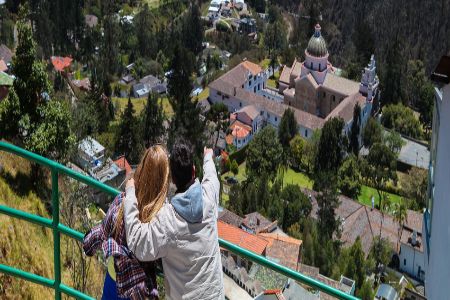

Tena
Tena “Capital of the Country of the Cinnamon”, or also well-known like San Juan de los Dos Ríos of Tena. It is located in the Amazon Region, three and a half hours from the city of Quito and three hours from the city of Ambato.
Its main activity is tourism, because it has a diversity of natural attractions and cultural manifestations that are located in each of the parishes that have special characteristics that allow visitors to learn about their history and traditions of the Kichwa and other ethnic groups, Huaorani
Agriculture, commerce in general and its friendly and hospitable people, make this place a destination to rest and fully enjoy its natural and cultural biodiversity.
Santa Cruz Island
It is the first most inhabited island in Galapagos, it is located in the center of the Galápagos archipelago at 1000 km. Of the continent. It is located in the center of the set of islands, with an area of 986 km2 and a maximum altitude of 864 meters above sea level. It is a dormant volcano whose last eruption is estimated to have occurred 1 and a half million years ago. As a testimony to its volcanic past there are two huge cavities called “The Twins” that were formed from a magma chamber.
It has an area of 98,555 hectares. The island is characterized by its geological landscape and the variety of its vegetation, distinguishing 7 vegetation zones at an altitude of 864 m above sea level. The island is full of natural charms, beautiful beaches, unique animal species, exuberant vegetation, craters and lava tunnels. Currently the population is approximately 19,000 inhabitants.
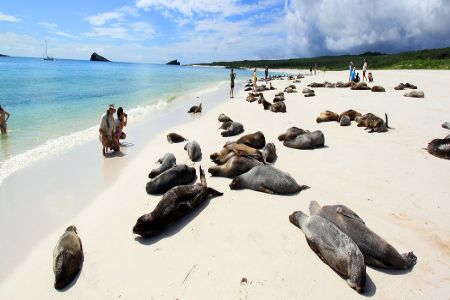
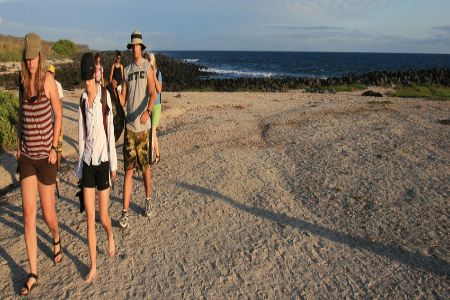
Isabela Island
Isabela is the youngest and most extensive island of the archipelago, it covers almost 60% of the total land of the Archipelago. The island is still in formation presenting recent eruptions of several of its volcanoes. In Isabela is the highest point of the islands, the Wolf volcano with 1707 meters above sea level.
You can see penguins, flightless cormorants, marine iguanas, blue footed, pelicans, sea lions, as well as abundant red crabs. In the skirts and boilers of the six volcanoes of Isabela you can see land iguanas and turtles, as well as finches, cormorants, flamingos, Galapagos hawks, Galápagos pigeons and interesting vegetation.
In Puerto Villamil there are also several historical events such as the existence of the penal colony, as a witness is the so-called wall of tears that according to what is told was built by the prison inmates who were forced to place one by one the stones that make it up.



